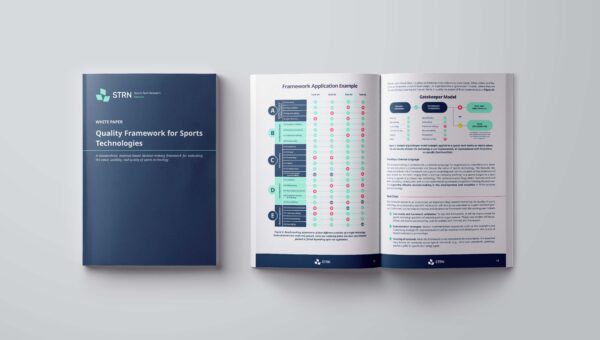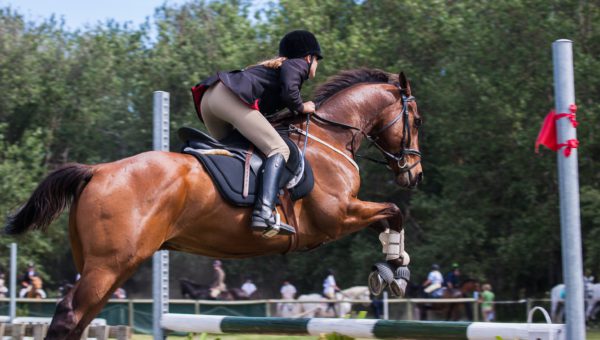Over the past years, the team of Prof. Steven Verstockt (UGent-imec, IDLab) has been involved in several sports-related projects/proposals to share their expertise on spatio-temporal data collection, filtering, classification, enrichment, mapping, and visualization.
In response to several serious accidents in cycling, the International Cycling Union (UCI) wants to introduce a series of measures to make cycling safer. The UCI is counting on data-driven solutions from the research team at Ghent University through the development and implementation of a new dashboard.
How did COURSE come about?
Road cycling is an endurance sport in which athletes ride their bicycles on courses that mainly contain public roads. There are a lot of safety measures for the great number of vehicles who are using these roads such as traffic calming infrastructure, roundabouts, speed bumps,… Unfortunately, although these imposed measures might be highly beneficial for regular road usage, it is often the opposite when they are used for road cycling races. In the past, severe accidents happened due to sudden narrowing of roads, roundabouts, traffic islands or speed bumps.
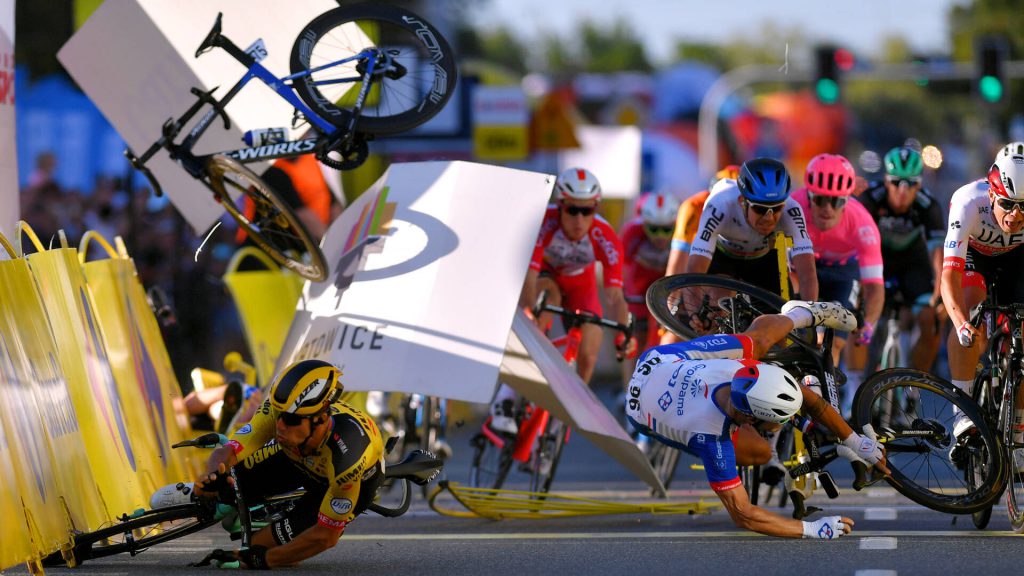
At the highest level of racing, the design of the race course is done by officials or specialized course creators. When these routes are designed, they have to consider multiple additional factors. Undoubtedly, road safety is a very important factor in this equation. Bunch sprints are a typical example in which the safety of the riders is a very important consideration. When larger groups are sprinting towards the finish line or an intermediate sprint both the road infrastructure and the behavior of the sprinters themselves impact the safety. Just think of the Fabio Jakobsen incident in 2020, he was catapulted right through the crowd barriers during a bunch sprint at the Tour of Poland, Remco Evenepoel dove deep into the ravine at the Tour of Lombardy or Greg Van Avermaet crashed into a traffic island in Liège-Bastogne-Liège.
The Union Cycliste Internationale (UCI) is the worldwide governing cycling instance and tries to control risk factors as good as possible. With COURSE, the focus will be on an objective route safety ranking mechanism. The safety of race courses is analyzed using a combination of automatic geospatial analysis, computer vision and machine learning methods. Based on these insights, possible hazards are detected and notified to the race regulators and organizers for further inspection and correction if necessary/possible.
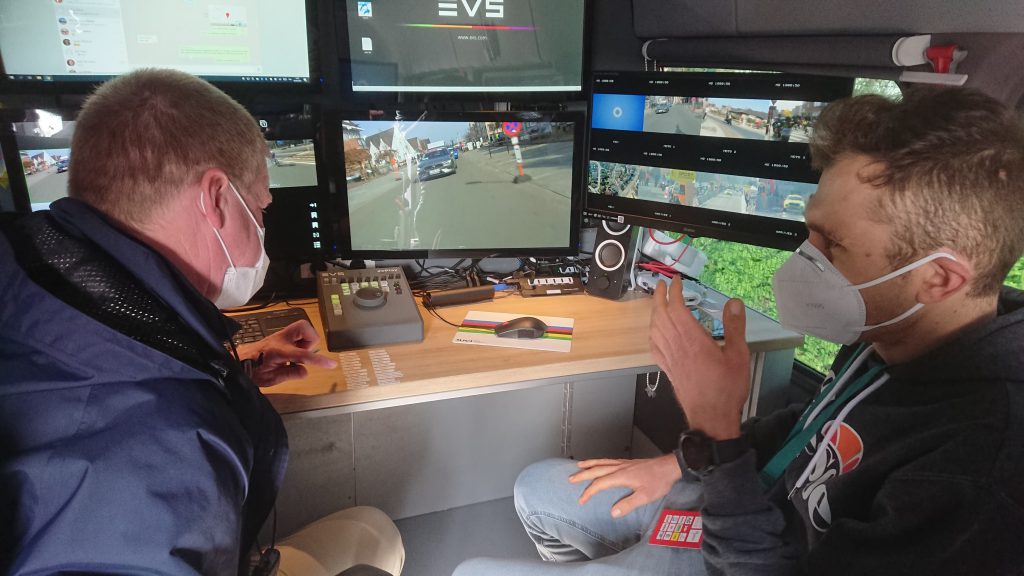
COURSE is based on knowledge gathered from previous incidents.
Road cycling is one of the most popular sports talked about on Twitter and a lot of valuable race information is widely shared in near real-time. Popular race events (such as incidents, breakaways, and sprints) are mostly well reported by different users. By grouping all the information within these tweets, a detailed description of an event can be given.
“We started writing a scraper, a computer technique that uses software to extract information from Web pages. With that, we’re searching the Twitter streams of teams, organizers and sports media organizations for messages about course incidents. The interesting thing is that we can analyze those tweets with natural language processing: textual analysis that allows us to automatically detect which race(s) and riders are involved, whether a kilometer indication is given and a cause for the incident is cited. We then cluster these data over time and by topic. In this way we e.g. avoid focusing on just one incident on just one tweet and increase the reliability of our information.“
So ultimately, from unstructured data, being individual Twitter messages, we build a structured dataset that gives an idea of the most common causes and the time-spatial distribution of the incidents. This data will be further enriched with input from cyclists, teams and race commissioners.
according to Prof. Steven Verstockt (UGent-imec)
What are the goals for this project?
With the help of artificial intelligence (AI), the tool analyzes race information provided by organizers (GoPro footage, gps course files descriptions, etc.). COURSE generates detailed stats/maps that the UCI and race organizers can use to determine how safe or unsafe certain segments of their races are.
The tool should allow organizers to detect in advance the potential safety risks of the course they have proposed so they can take targeted action in advance.
PhD researcher and passionate cycling enthusiast Jelle De Bock.
The team will keep finetuning the COURSE tool until the end of 2022 and they will further learn and create smarter algorithms, making it possible to accurately estimate cycling accident risks.
What does the future look like for COURSE?
After a development and testing phase last season, the tool will be rolled out in about 60 races in 2022, the second year of the contract between the UCI and Ghent University, the tool will not be used to penalize organizers designing ‘unsafe’ routes, the idea is to create more awareness around safety among the organizers.
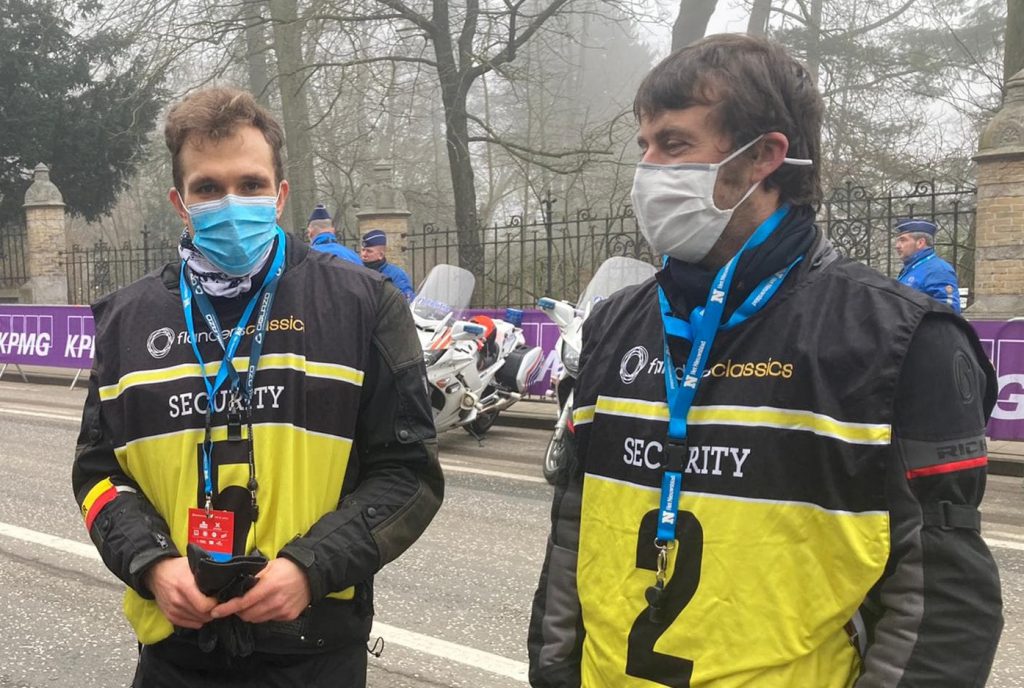
- Are you interested in COURSE and want to know more about the project or the people behind it? Do not hesitate to contact Jelle De Bock, Prof. Steven Verstockt or Kristof De Mey.
For all your general questions, contact us through our website!
Scientific references:
- Road cycling safety scoring based on geospatial analysis, computer vision and machine learning – Jelle De Bock, Prof. Dr. Steven Verstockt
- De Bock, J., Verstockt, S. (2021). A generic clustering methodology to generate structured cycling events from unstructured race tweets.
- Gitelman, V., Hakkert, A. S., Doveh, E., & Cohen, A. (2001, September). A study of safety effects of road infrastructure improvements under Israeli conditions. In Proceedings of International Conference Traffic Safety on Three Continents, Moscow, Russia (CD-ROM).
- Jateikienė, L., Andriejauskas, T., Lingytė, I., & Jasiūnienė, V. (2016). Impact assessment of speed calming measures on road safety. Transportation research procedia, 14, 4228-4236.
- Elvik, R. (2017). Road safety effects of roundabouts: A meta-analysis. Accident Analysis & Prevention, 99, 364-371.
- Vanclooster, B. (2021, Maart). Met artificiële intelligentie naar een veiliger wielrennen, Sport&Strategie.
- Image Fabio Jakobsen incident, https://nos.nl/artikel/2342982-situatie-wielrenner-jakobsen-ernstig-maar-stabiel-na-zware-val



